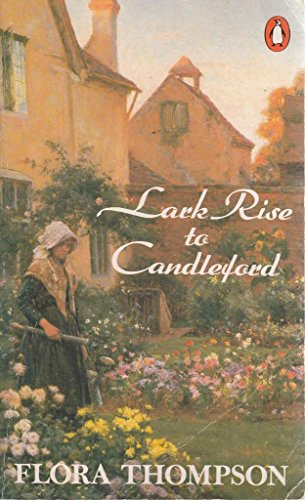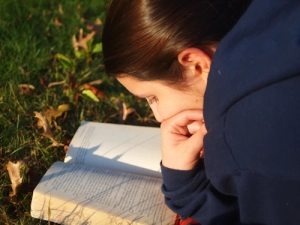“Electric communication will never be a substitute for the face of someone who with their soul encourages another person to be brave and true.” Charles Dickens

Yet again, a classic novel has found purchase in our modern world through film. “Great Expectations” opened November 8 in limited release, and cast Helen Bonham Carter as the creepy Miss Havisham, Ralph Fiennes as Abel Magwitch, Holliday Grainger as Estella, and Jeremy Irvine as Pip.
According to the movie critics from the filmrejects website, the movie stays true to Dickens’ novel, although the central mystery of who is Pip’s mysterious benefactor is revealed much earlier. Their overview of the movie reiterates my point about movies and books: “Done well, a Great Expectations film can hit all the notes of Dickens’ novel, and the machinations of the book’s storyline can be so convoluted that a finely tuned visual companion can only help. (No, we’re not advocating the use of films instead of books here, but taken together, a fuller understanding is possible).”http://www.filmschoolrejects.com/features/romeo-and-juliet-and-great-expectations-film-adaptations.php
Charles Dickens’ 497-page novel spans the early years and adult life of main character, Pip. Fellow wordpress blogger Jessica of The Bookworm Chronicles nicely summarizes the plot:
“Great Expectations follows the life of a young orphaned boy nicknamed Pip. When we join young Pip he is living with his strict sister and her big-hearted husband Joe Gargery. At which point Pip has little to no expectations other than to join Joe as an apprentice in his smithy. A series of strange events and encounters are to set Pip on a completely different road though. As a young man, he is visited by a London lawyer who informs him that he has a secret benefactor who wishes to pay for Pip to become a gentleman. Pip moves to London with his great expectations looking to make a name for himself and finally claim the hand of the woman he loves.”
http://thebookwormchronicles.wordpress.com/2013/03/11/the-classics-club-great-expectations/
Reading Dickens’ novels can be a challenge because of the time commitment and mental energy required. Five hundred pages filled with English vocabulary not in use today may daunt the most courageous reader, but to be truly literate we must become familiar with the literature that makes up the references we encounter in coursework, speeches, movies, and books. Just to use a few examples from Dickens’ novels: When you hear that a person is a “Scrooge”, do you know what that means? To what does he refer in this quote: ““Bah,” said Scrooge, “Humbug.”? Do you know this famous line from another Dickens story? “Please, sir, I want some more.” (Oliver Twist holds out his tin plate and dares to request “seconds” from the miserly orphanage overseer.)
We came across a literary reference just this week from Oliver Twist in Alan Bradley’s second Flavia DeLuce mystery novel, The Weed That Strings the Hangman’s Bag. The author described a female character as “The Nancy to his Bill”. I knew what Mr. Bradley meant about his character, Nia. She was just like Dickens’ “Nancy” who put herself under the sway of a powerful and unscrupulous man. In Great Expectations, Miss Havisham was jilted at the altar and seeks to use young and lovely Estella to take vengeance on the entire male gender. What a great cautionary tale to use to describe the damage that can be done by manipulating others and seeking revenge.

“Pip, Estella and Miss Havisham”, by John McLenan, published in 1859 by Harper’s Weekly.
The purpose of understanding literary references goes beyond simply feeling pride in our knowledge. We share these mentions with one another in order to explain, connect, and create context. We use common knowledge all the time, often simple instances like describing the power of a waterfall by saying it roared like Niagara Falls.
As a person of an older generation, I possess huge deficits in my own literary background, but that just means I still have a lot to learn. How much more do younger generations need exposure to Shakespeare’s characters and quotes, and those of great authors like Mark Twain, Lewis Carroll, A.A. Milne, and Daniel Defoe.
What does it mean when you are “tilting at windmills”? Who is someone who is like “a man, Friday”? What does it mean to have a “Capulet-Montague” type of situation? Whose signature exclamation is “Oh, bother!” What does it mean to “chase a white rabbit”?
What literary references have you run across lately? I would love to hear about them.
http://www.litlovers.com published great discussion questions on Great Expectations: http://www.litlovers.com/reading-guides/13-fiction/402-great-expectations-dickens?start=3
” alt=”


 As human beings, we are designed to deepen. Many opportunities lie before us to do so: school classes, on-line tutorials, life experiences. What about great literature as a teacher? These titles have stood the test of time as a source of teaching and inspiration. Between their covers are stored enduring themes, memorable characters, and vivid plots which often do not leave our hearts and minds – ever.
As human beings, we are designed to deepen. Many opportunities lie before us to do so: school classes, on-line tutorials, life experiences. What about great literature as a teacher? These titles have stood the test of time as a source of teaching and inspiration. Between their covers are stored enduring themes, memorable characters, and vivid plots which often do not leave our hearts and minds – ever.






